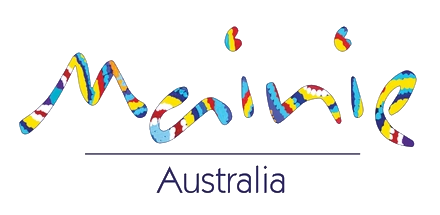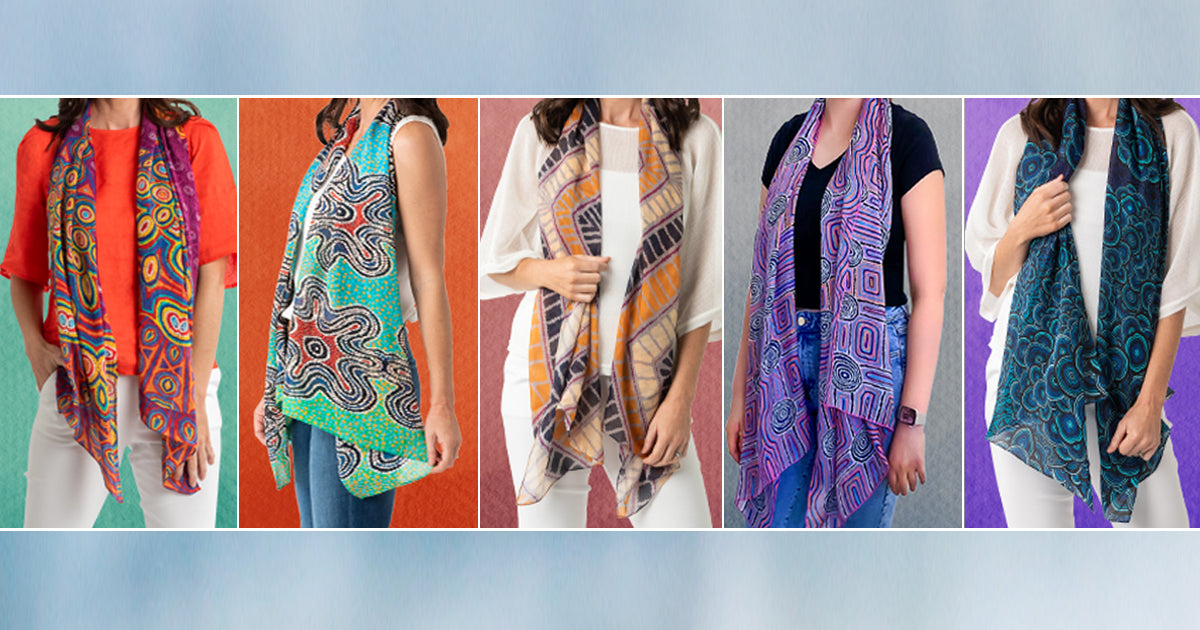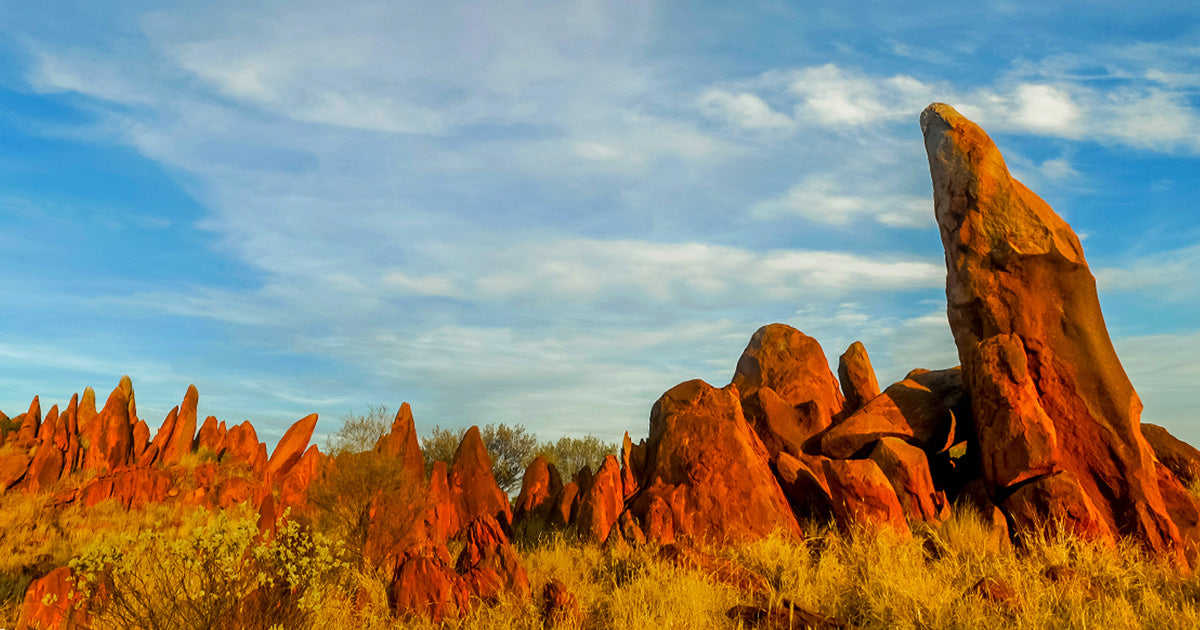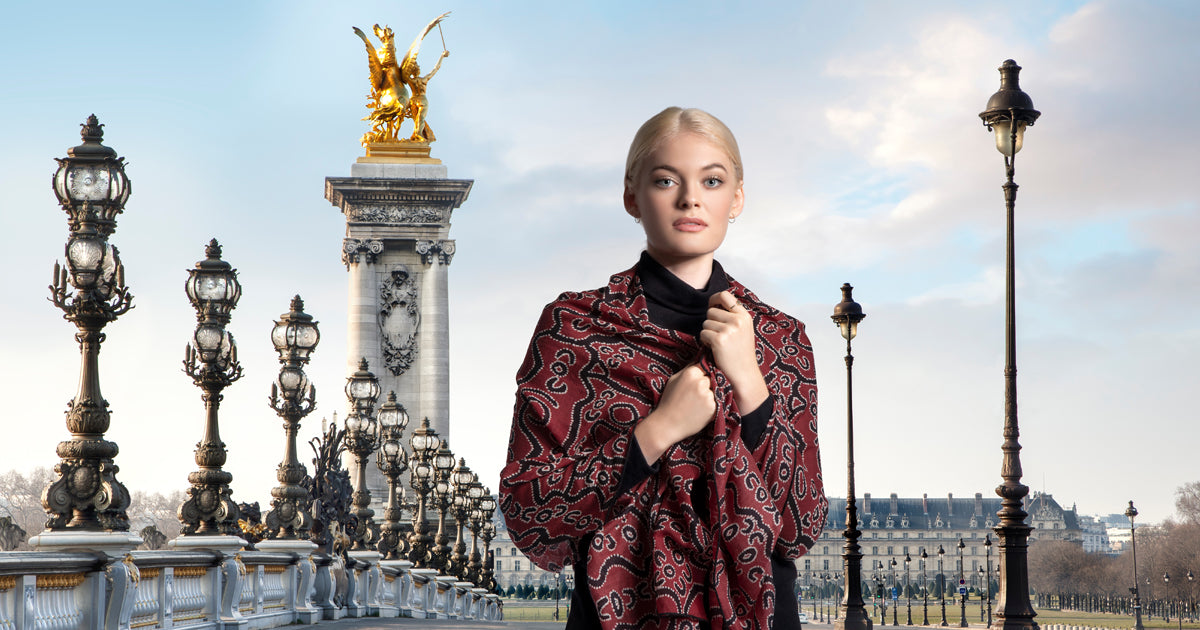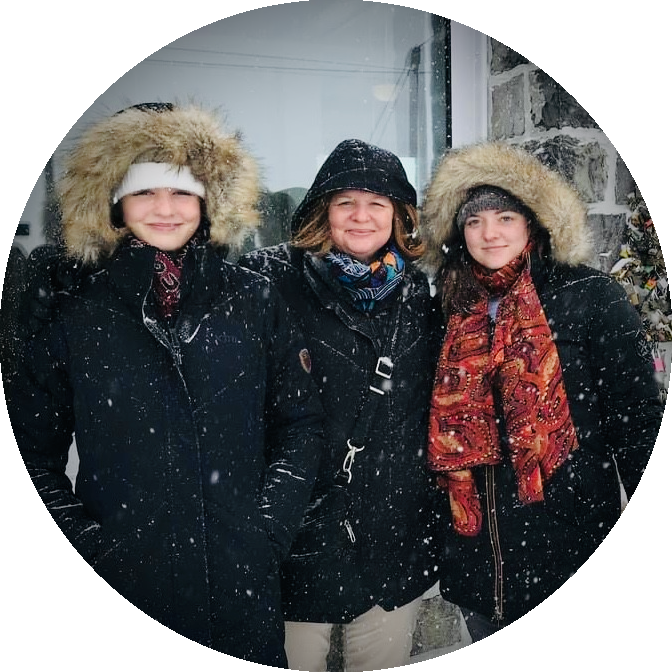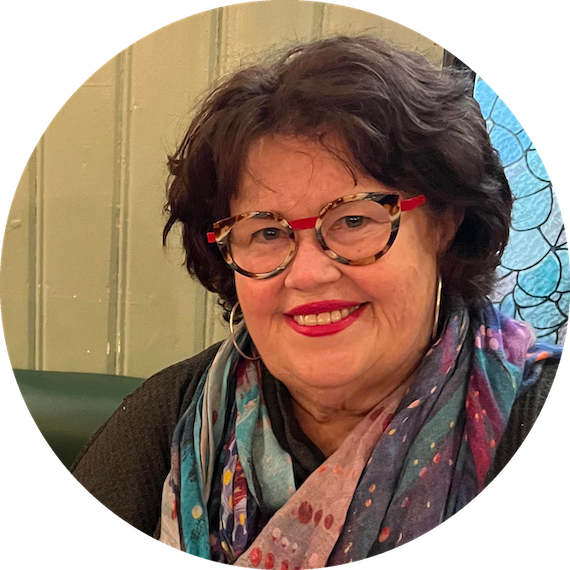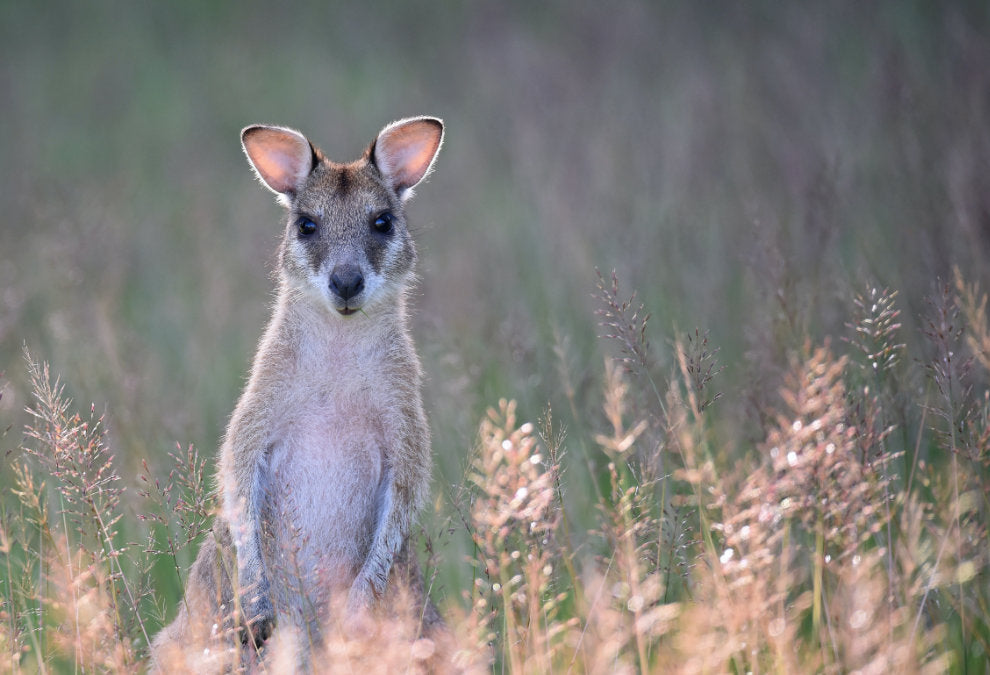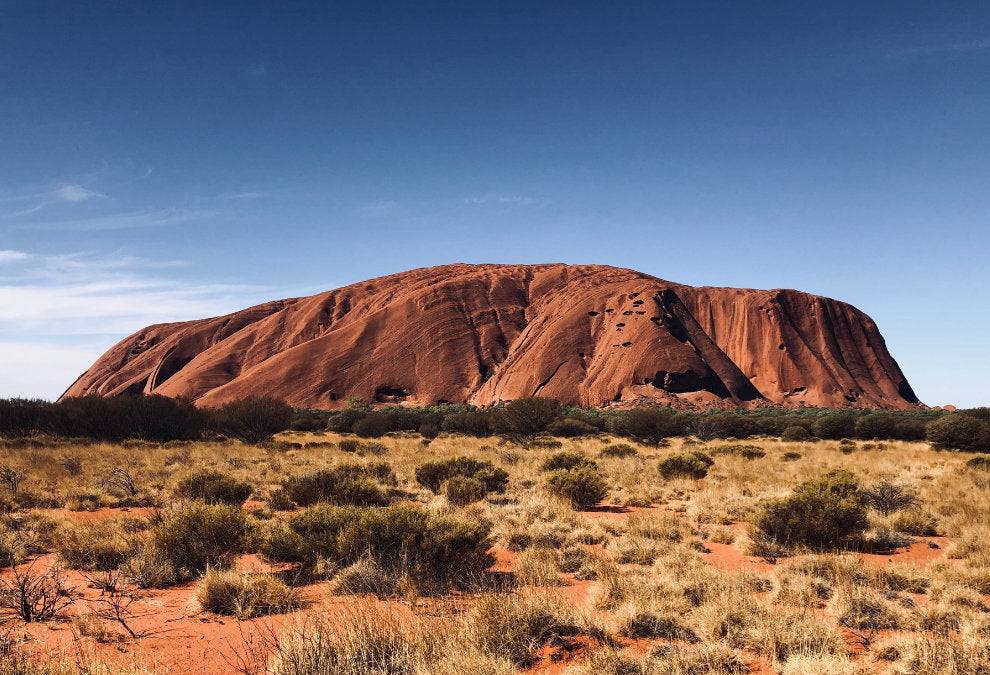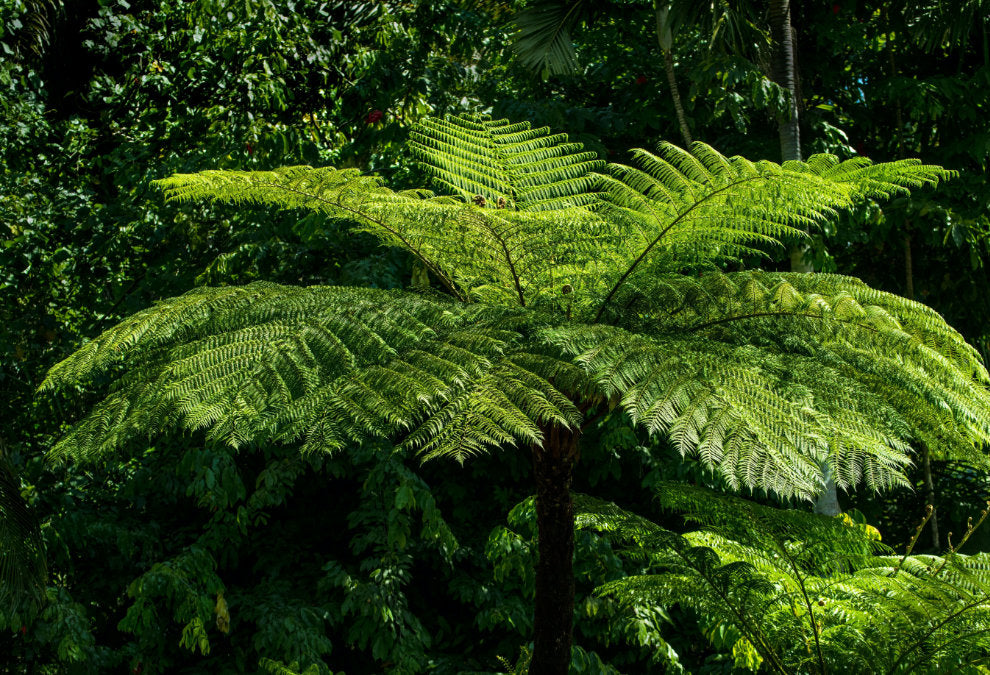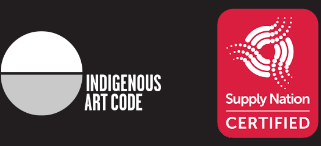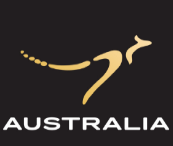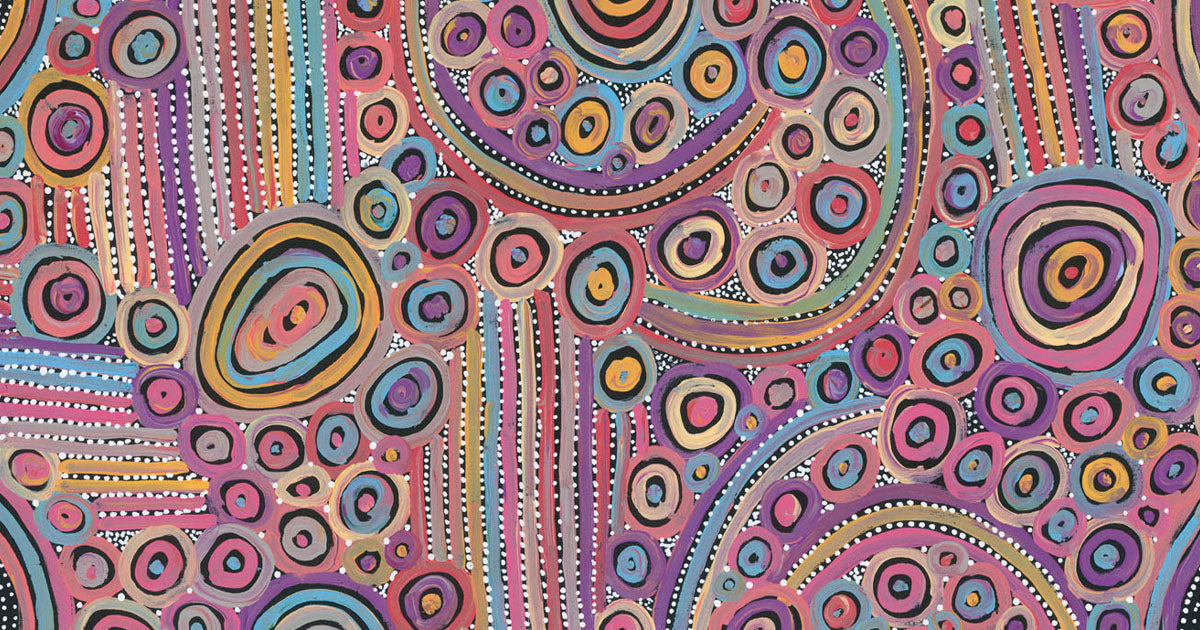
What do the shapes and symbols in Aboriginal art mean?
Mina Mina Jukurrpa (Women's Dance Dreaming) by Pauline Napangardi Gallagher
Aboriginal art is a diverse and rich form of artistic expression practised by the Indigenous peoples of Australia.
The symbols and shapes used in Aboriginal art carry significant meanings and often represent aspects of their culture, history, spirituality, and connection to the land.
It's important to note that the meanings of these symbols can vary between different Aboriginal groups and communities, as each group has its own unique artistic traditions and interpretations.
Below are some common symbols and their general meanings:
 Dot Painting - Ngapa Jukurrpa (Fire & Rain Dreaming) by Phylis Napurrurla Williams
Dot Painting - Ngapa Jukurrpa (Fire & Rain Dreaming) by Phylis Napurrurla Williams
Dot Painting:
One of the most recognisable styles in Aboriginal art is dot painting, where fine dots are used to create intricate patterns and forms. Dots can represent various things, such as ancestral tracks, waterholes, ceremonial sites, and even the stars.
 Circles - Yumari Jukurrpa (Rock Pools Dreaming) by Joy Nangala Brown
Circles - Yumari Jukurrpa (Rock Pools Dreaming) by Joy Nangala Brown
Circles:
Circles often symbolise important locations like waterholes or campsites. They can also represent gatherings or meetings of people, both in a physical and spiritual sense.

U-shapes - Ngapa Jukurrpa - Mikanji (Red Bark Trees Dreaming) by Nicole Napaljarri Stevens
U-shapes:
U-shaped symbols frequently represent people or ancestral beings. Depending on the context, they can symbolise both male and female figures. These figures may be ancestral spirits, significant ancestors, or mythological beings.
 Straight lines - Warna Jukurrpa (Desert Tracks Dreaming) by Valma Nakamarra White
Straight lines - Warna Jukurrpa (Desert Tracks Dreaming) by Valma Nakamarra White
Straight lines:
Straight lines are commonly used to depict journeys, tracks, or paths taken by ancestral beings or people. They may also represent boundaries, rivers, or mountains.
 Animal Tracks - Yankirri Jukurrpa (Emu Dance Dreaming) by Ormay Nangala Gallagher
Animal Tracks - Yankirri Jukurrpa (Emu Dance Dreaming) by Ormay Nangala Gallagher
Animal Tracks:
Different animals leave distinct tracks, and these tracks are often depicted in Aboriginal art to represent the presence of that particular animal or to tell a story related to it.

Concentric Circles/Rings - Blue Connections by Natasha Davui (Djabugay/Gunggari)
Concentric Circles/Rings:
These symbols can represent waterholes or wellsprings. In some cases, they may also symbolise the idea of interconnectedness and the cyclical nature of life.
 Hand Prints - Aboriginal Rock Art
Hand Prints - Aboriginal Rock Art
Hand Prints:
Hand prints are used to represent the presence of an individual or a group. They can also symbolise a connection to a specific place or the participation of the artist in the creation of the artwork.
 Aboriginal art style cross-hatching
Aboriginal art style cross-hatching
Cross-hatching:
Cross-hatching is a technique where lines intersect to create patterns. It is often used to depict certain landscapes, such as sand dunes or rocky terrain.

X-ray Art - Aboriginal Rock Art
X-ray Art:
This style involves showing the internal organs or bones of animals, revealing a deeper understanding of the animals' anatomy and spirituality.
It's crucial to remember that these interpretations are not exhaustive and can differ from region to region and artist to artist.
To see authentic Aboriginal art brought to life on beautifully handcrafted fashion scarves, please visit Mainie Australia at www.mainie.com.au

